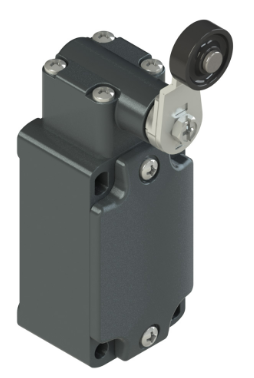Position Switch with Roller Lever

INTERESTED IN A PRODUCT OR SERVICE? Contact Now INTERESTED IN A PRODUCT OR SERVICE? Contact Now INTERESTED IN A PRODUCT OR SERVICE? Contact Now INTERESTED IN A PRODUCT OR SERVICE? Contact Now INTERESTED IN A PRODUCT OR SERVICE? Contact Now INTERESTED IN A PRODUCT OR SERVICE? Contact Now INTERESTED IN A PRODUCT OR SERVICE? Contact Now INTERESTED IN A PRODUCT OR SERVICE? Contact Now INTERESTED IN A PRODUCT OR SERVICE? Contact Now INTERESTED IN A PRODUCT OR SERVICE? Contact Now INTERESTED IN A PRODUCT OR SERVICE? Contact Now INTERESTED IN A PRODUCT OR SERVICE? Contact Now